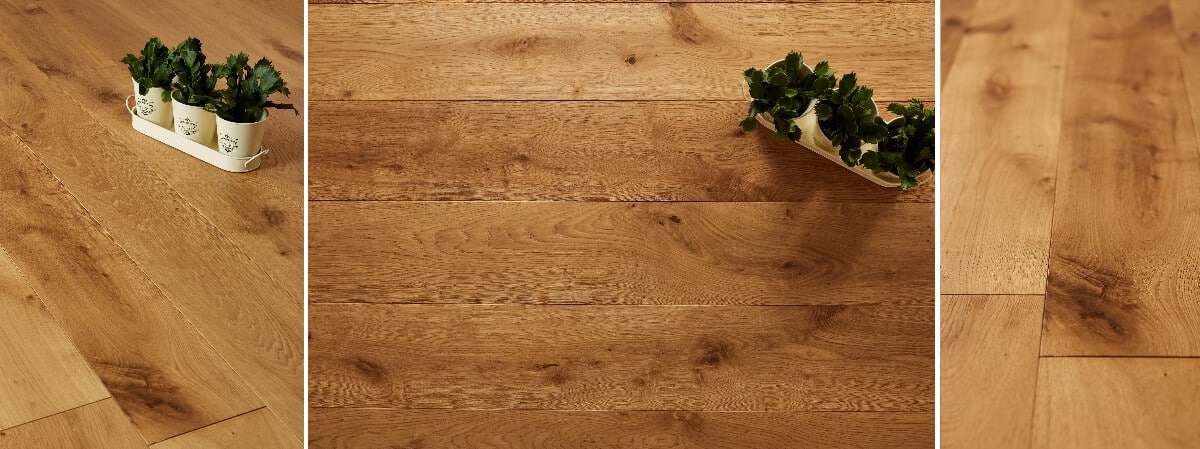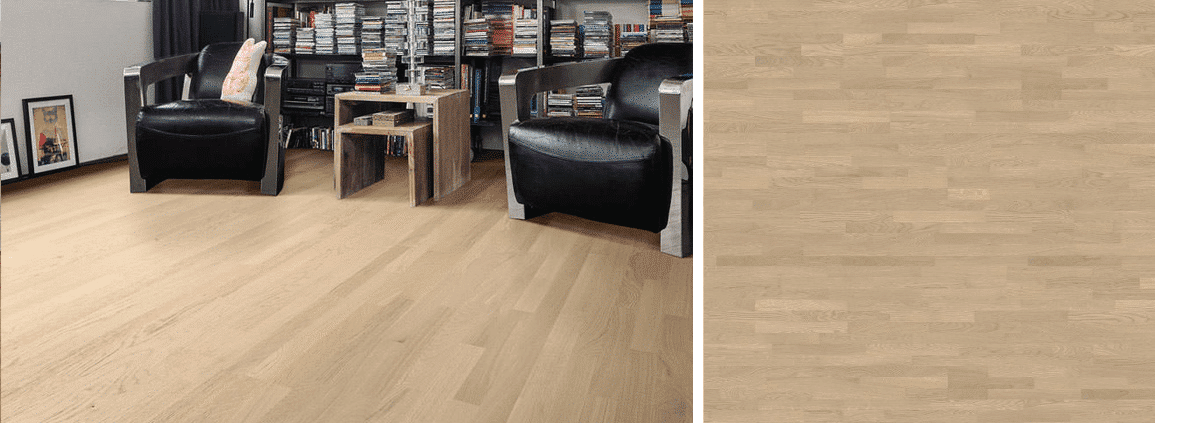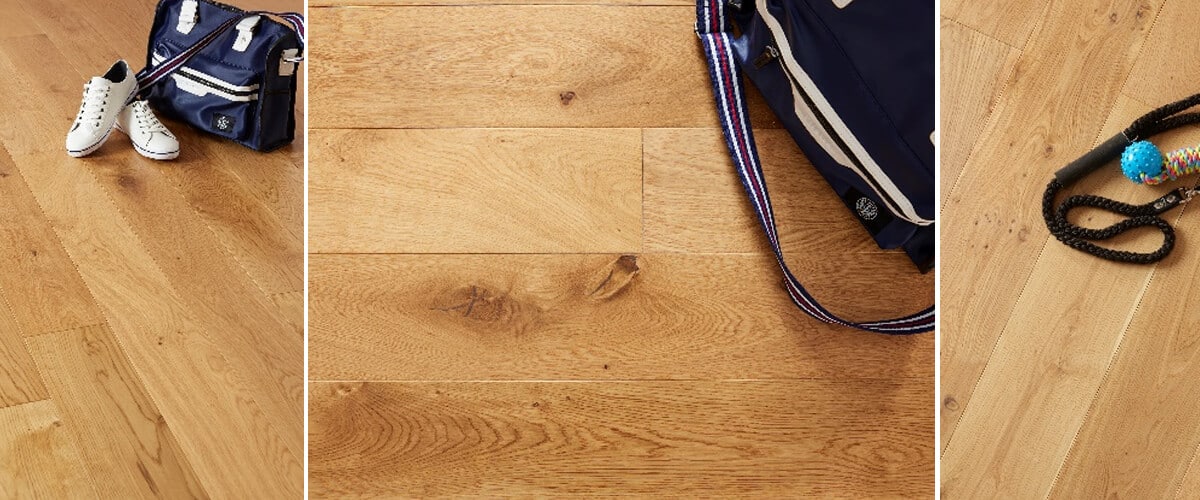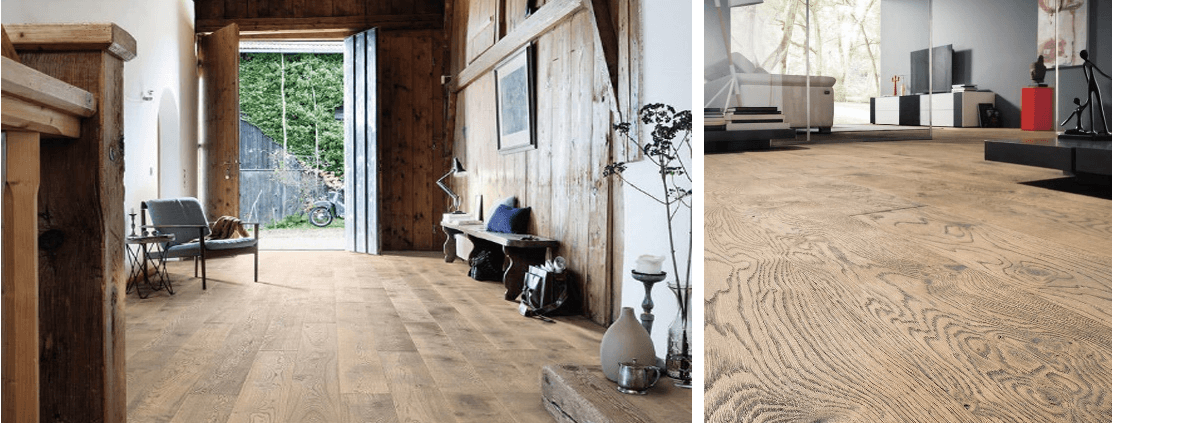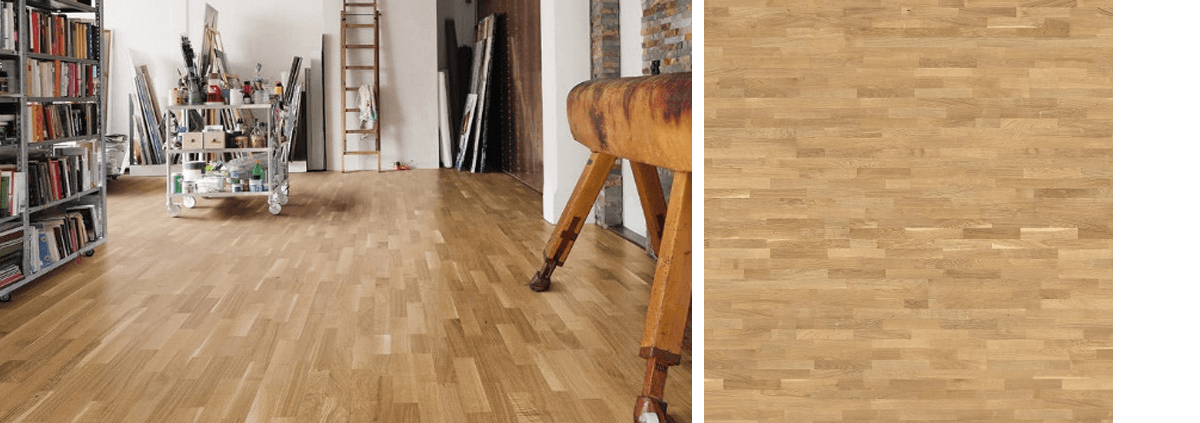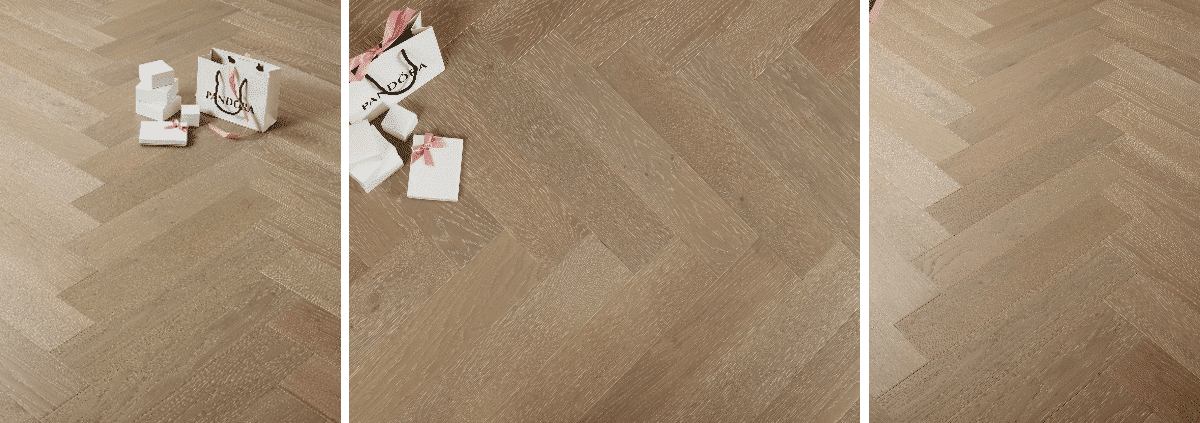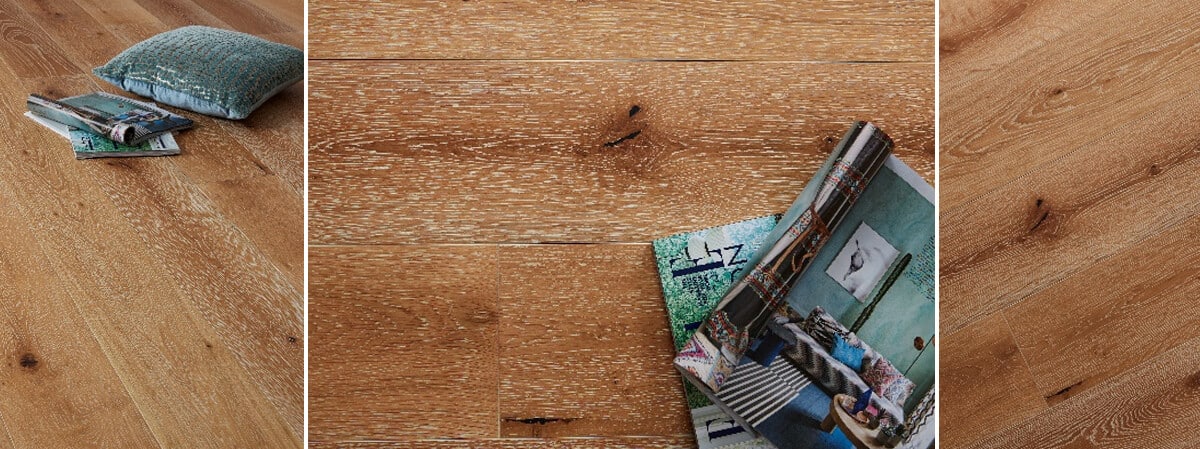Restore Wood Floor Without Sanding: 7 Proven Methods
Restore Wood Floor Without Sanding: London Guide by Nationwide Hardwood Flooring Company
Nationwide Hardwood Flooring Company, trusted by Londoners for decades, helps property owners restore wood floor without sanding, preserving beautiful timber in homes, flats, commercial offices, and heritage properties. Whether you cherish Edwardian floorboards in Kensington or a contemporary engineered wood surface in Canary Wharf, this expert guide shares exactly how Londoners transform tired wood floors—without the mess, noise, or cost of sanding.
Why Londoners Restore Wood Floor Without Sanding
Traditional sanding creates dust, disrupts daily life, and may permanently remove historic character. In vibrant London, where many properties feature intricate details and must adhere to preservation standards, demand is growing to restore wood floor without sanding. From Notting Hill mansions to Shoreditch studios, property owners embrace modern methods that save money, time, and the vintage charm of London architecture.
The Benefits of Restoring Wood Floor Without Sanding
- Preserve Floor Thickness: Avoids thinning precious wood, ideal for period features in Hampstead or Soho.
- Minimal Disruption: Keep your space open for family, guests, or clients in busy city life.
- Eco-Friendly: Less dust and lower chemical use, protecting London’s air quality and your household health.
- Cost-Effective: Save on specialist equipment, labor, and post-sanding cleaning.
- Faster Turnaround: Perfect for rental property owners and shop fitters preparing for rapid occupancy.
Top 7 Methods to Restore Wood Floor Without Sanding in London
- Deep Cleaning
- Screen and Recoat
- Liquid Refinishing Kits
- Reviving Oils and Conditioners
- Scratch Concealers and Wax Repair
- Polishing and Buffing
- Localised Repairs
Step-By-Step: How to Restore Wood Floor Without Sanding
1. Deep Cleaning: The Foundation for Beautiful Floors in London Homes
London’s rain, city grit, and foot traffic from iconic destinations like Oxford Circus or the British Museum mean floors need regular cleaning. Start by thoroughly vacuuming and mopping your floor with a pH-neutral wood floor cleaner. Never leave excess water, especially in period flats in Bayswater or riverside apartments in Richmond, as London’s weather can encourage damp and swelling in natural wood. After cleaning, allow the floor to dry fully before taking the next steps.
2. Screen and Recoat: Expert Technique for High-End Properties
Popular in upmarket boroughs such as Chelsea and Mayfair, the screen and recoat process refreshes a finish without abrasive sanding. A specialised floor buffer (screening machine) gently scuffs the old finish, removing grime while leaving the wood untouched. Apply a new layer of polyurethane or water-based lacquer—this rejuvenates shine and protects against spills, perfect for busy kitchens and public areas in bustling locations like Covent Garden or Ealing.
3. Liquid Refinishing Kits: Easy Solutions for London Families & Renters
Liquid refinishing kits are available from local London retailers and flooring suppliers in Tottenham Court Road or Camden. These kits combine cleaner, conditioner, and finish in one step, simplifying minor restoration for students, families, or landlords managing multiple rental properties. Just ensure you closely follow instructions and choose a product compatible with your wood flooring type—engineered, solid, or laminate.
4. Reviving Oils and Conditioners: Keeping Natural Floors Vibrant
Brixton, Wimbledon, and Dulwich are full of period homes with solid and engineered flooring. Using natural oils and conditioners, such as hardwax oil, will revive dull timber without sanding. Work the product into the grain with a lint-free cloth, then buff away the excess. This method enhances the organic texture and colour, from honey-hued oak to classic walnut, while remaining gentle on cherished antique floorboards.
5. Scratch Concealers and Wax Repair: Discreet Solutions for Everyday Wear
For high-traffic areas popular in Islington and the City, superficial scratches can ruin a floor’s look. Wax repair sticks actually fill scratches and blend seamlessly with surrounding wood. For deeper marks or gouges, coloured wood fillers match the tone and strengthen the damaged area. Always test colours in a hidden corner first—perhaps behind a sofa bought at Harrods or a kitchen unit installed by local joiners.
6. Polishing and Buffing: Instant Gleam for Entertaining Spaces
If you’re hosting a dinner party in Greenwich or preparing a gallery opening in Southbank, mechanical polishing is a fast way to restore wood floor without sanding and create a truly reflective finish. Rent a wood floor buffer from London tool hire specialists—be sure to use the correct soft pad for your finish. Apply a high-quality polish, working in small sections for a uniform result. Regular buffing keeps both historic and modern interiors gleaming for guests or potential buyers.
7. Localised Repairs: Addressing Stains and Water Damage
Boroughs near the Thames, like Fulham and Battersea, are prone to moisture intrusion. For isolated water spots, gently rub with a fine steel wool pad and a drop of hardwax oil. For pet stains or ink marks, use a solution designed for your floor’s finish; avoid harsh abrasives common in general cleaning products. Once dry, blend repaired spots with a matching polish or oil for a consistent look.
Best Wood Floor Restoration Products Available in London
- Bona Wood Floor Refresher – Available from major stores like John Lewis, opposed to generic brands.
- Osmo Polyx-Oil – Popular with London period property owners.
- Ronseal Scratch Repair Sticks – Ideal for families and properties with pets.
- Quick-Step Clean – Stocked at multiple flooring shops in the East End.
- Rubio Monocoat Oil – Used by professionals in the West End and luxury districts.
How to Maintain Your Restored Wood Floors in London
After you restore wood floor without sanding, maintain your result with these expert tips:
- Sweep and dust-mop at least twice a week, especially after events or gatherings common in London homes.
- Protect entrances with good quality door mats to trap city dust and moisture.
- Avoid harsh detergents; opt for specialist wood floor cleaners available from local flooring shops and department stores.
- Keep pet nails trimmed—particularly important for pet-friendly flats in Clapham or Shepherd’s Bush.
- Immediately wipe up spills to prevent water and tannin marks, which are especially problematic in oak and softer hardwoods.
Choosing the Right Wood Floor for Restoration Projects in London
London presents an array of flooring types, from parquet in Hampstead Heath homes to herringbone engineered wood flooring in newly-renovated apartments in Battersea Reach. Understanding your floor type ensures best results when you restore wood floor without sanding:
- Solid Wood Flooring: Can be restored with oils, buffs, and concealers to maintain natural patina and grain.
- Engineered Hardwood: Offers excellent durability, especially in areas like Uxbridge or Willesden with high foot traffic. Be sure not to use abrasive products on thin wear layers.
- Oak Floorboards: Very common in London, they respond well to oil treatments and buffing for a classic finish.
- Parquet and Herringbone: These intricate patterns add value and can be spot-restored to retain their geometric beauty.
- Ply and Timber Floors: Often found in converted factories and industrial spaces. Select compatible restoration products as ply surfaces differ from solid or engineered woods.
Frequently Asked Questions: Restore Wood Floor Without Sanding in London
Do you need professional help to restore wood floor without sanding?
While many property owners in zones like Marylebone choose DIY for minor restoration, professional services guarantee the best result—especially on valuable or historic wood. Nationwide Hardwood Flooring Company offers tailored plans for both commercial clients and homeowners throughout London. You can explore their projects at our work or learn more about services at about.
Can engineered wood floors be restored without sanding?
Absolutely. Most engineered floors can be refreshed using screen and recoat, liquid kits, or gentle oils designed for laminated surfaces. Always check with your product’s manufacturer or ask the experts at Nationwide Hardwood Flooring Company before applying any restoration treatment. See product options like Haro engineered flooring for reference.
How often should I restore my wood floors in a busy London household?
In London, frequent parties, foot traffic, and changing seasons may require annual deep cleans and polish, with touch-ups between. Heritage and luxury homes in Mayfair or Kensington may benefit from a professional review every 2–3 years to protect the flooring’s investment value.
Commercial and Retail Spaces: Special Considerations
London’s commercial sector—from Soho hospitality venues to Westminster office suites—faces specific demands when considering how to restore wood floor without sanding:
- Quick Surface Renewal: Business downtime is costly in areas like the West End; liquid resurfacing and recoating finishes minimise closure times.
- Slip Reduction: Use anti-slip finishes to keep public areas safe, especially in high-traffic London districts.
- Maintaining Brand Image: Polished floors complement the aesthetic of luxury retailers in Knightsbridge or art galleries on the South Bank.
Why Choose Nationwide Hardwood Flooring Company?
- Local Expertise: With decades in the London market, we understand the unique needs of city properties and local restoration regulations.
- Wide Range of Services: From deep cleans to advanced screen and recoat, we handle flats, historic dwellings, commercial spaces, schools, and more.
- Trusted Suppliers: Our relationships with leading wood floor manufacturers ensure only quality products for every restoration project.
- Transparent, Affordable Pricing: Get a free quote—no hidden fees, no surprises, just beautifully restored wood floors.
Contact us:Phone: 07940 528 315Email: enquiries@nhfcompany.co.uk
Spotlight: London Hotspots Embracing Floor Restoration
London’s love of sustainable living and historic preservation is woven into districts like:
- Notting Hill: Famous for its pastel houses and annual carnival, period homes here retain their original timber, beautifully revived without sanding.
- South Kensington: The Natural History Museum and Victorian terraces lead homeowners to choose preservation over replacement.
- Shoreditch: Converted warehouses and creative spaces rely on quick, eco-friendly restoration to maintain their unique style.
- Wimbledon Village: Heritage homes and local businesses alike rely on comprehensive, non-sanding solutions for wooden floors.
Step-by-Step Recap: Fast Checklist for Londoners
- Test a concealed spot with your chosen restoration product.
- Remove all furniture—take care with heavy Victorian wardrobes!
- Deep clean the floor with specialist cleaner.
- Apply restoration treatment (oil, polish, scratch concealer) as required.
- Buff to a high sheen and allow to dry fully before use.
- Maintain regularly for enduring beauty and city-proof resilience.
Internal Links
For seamless navigation to product and project pages, explore the following internal resources:
- Herringbone Solid Solid
- Loch Morar Multi-Ply Flooring
- Our Clients
- Herringbone Multi-Ply Benton
- Blenheim Multi-Ply Flooring
- Haro Engineered Flooring
- Nationwide Hardwood Flooring Company
Contact Nationwide Hardwood Flooring Company Today
For personalised advice or a quote to restore wood floor without sanding, London residents and businesses can reach out to our expert team. Whether you live in leafy Hampstead, vibrant Shoreditch, or anywhere in the capital, we help make your wood floors stunning—of heritage value, modern flair, or anything in between.
Call Nationwide Hardwood Flooring Company on 07940 528 315 or email enquiries@nhfcompany.co.uk


